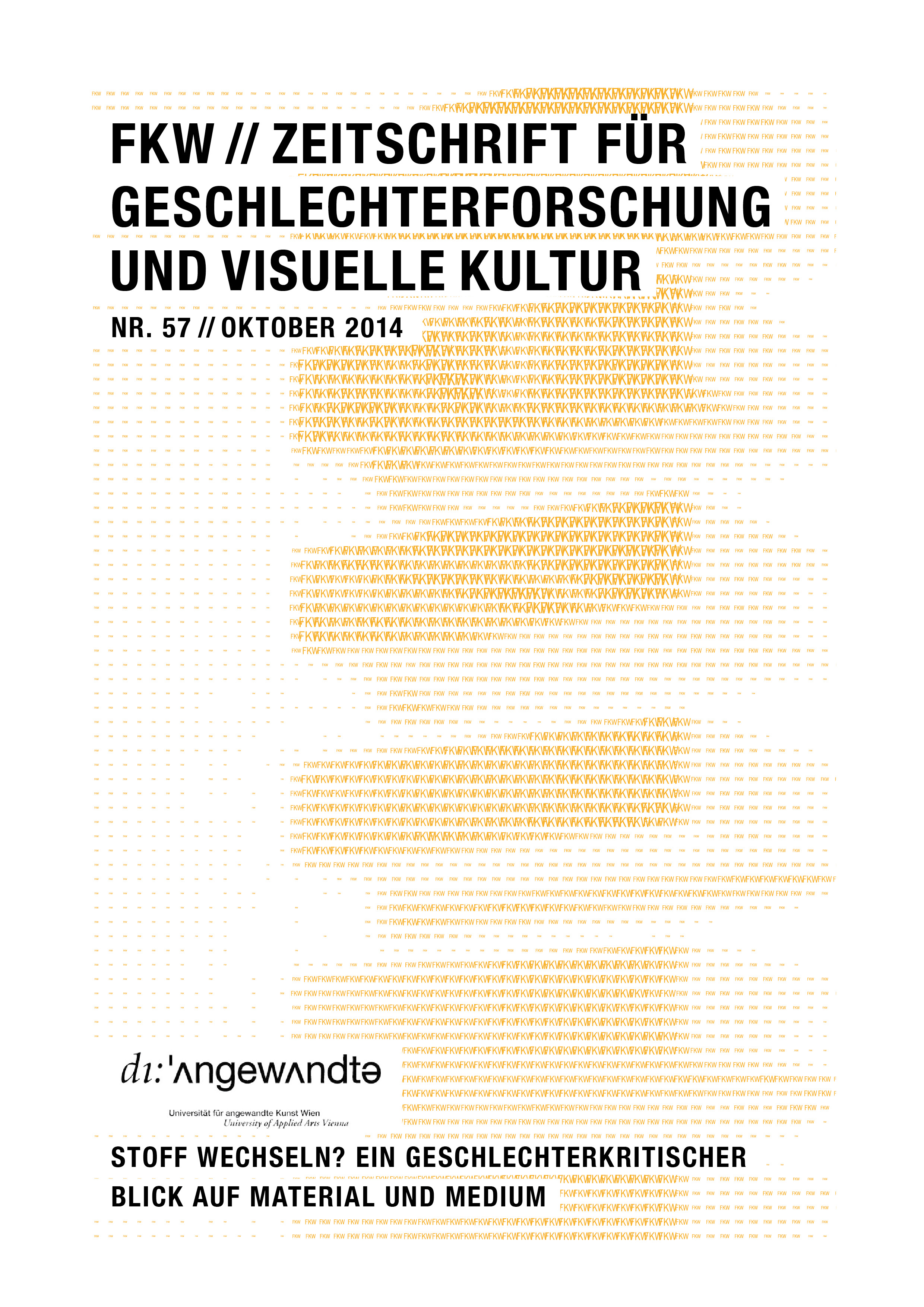Operation Video. The Use of Images as Visual Agents in Struggles over Representation
DOI:
https://doi.org/10.57871/fkw5720141307Abstract
This paper focuses on the notions of the gaze and proximity in visual culture, and their relation to the sense of distancing on the one hand and tactile sensations on the other. Jean Baudrillard, a representative agent of postmodernism, argues in his video studies that the circulation of electronic images causes external reality as a subject to vanish. For Baudrillard, the screen aesthetics of close-ups have an inherent obscenity, which he compares with the effect of gender change as a disturbingly unstable notion. Based on the analysis of various video works, among others by Lisa Steele, Lili Dujourie, Lynn Hershman, Adrian Piper and Eleanor Antin, this paper argues that some of these works, above all those from the 1970s, run counter to Baudrillard’s basic claim. Rather than foregrounding a dissolving or vanishing subject, these works feature a subject that discovers itself – albeit differently. Discussing selected examples of early video discourse, and its different mode of seeing, the paper delineates some of the shifts that have occurred in the discourse on subjectivity.
This essay is based on my doctoral dissertation (Operation Video. Eine Technik des Nahsehens und ihr spezifisches Subjekt: die Videokünstlerin der 1970er Jahre. Bielefeld, Transcript, 2008). The present version was first delivered at the ASCA Workshop Engaging Objects at the University of Amsterdam in March 2008, and has not been previously published in English.Downloads
Ausgabe
Rubrik
Lizenz
Die Autor_innen behalten das Copyright und treten keine exklusiven Nutzungsrechte an FKW ab.
Ab 2017 erscheinen alle Texte von FKW // Zeitschrift für Geschlechterforschung und visuelle Kultur unter der LizenzCC-BY-NC-ND Lizenz 4.0 International (Creative Commons, Namensnennung, Nicht Kommerziell, Keine Bearbeitung 4.0 International). Der Lizenzvertrag ist abrufbar unter: https://creativecommons.org/licenses/by-nc-nd/4.0/legalcode.de, eine allgemein verständliche Fassung unter: https://creativecommons.org/licenses/by-nc-nd/4.0/deed.de
Von 2013 bis 2016 sind alle Texte von FKW // Zeitschrift für Geschlechterforschung und visuelle Kultur unter der Digital Peer Publishing Lizenz (DPPL) erschienen. Der Lizenztext ist im Internet abrufbar unter der Adresse: http://nbn-resolving.de/urn:nbn:de:0009-dppl-v2-de3
Die Abbildungen in Ihrem Beitrag
Die Autor_innen verpflichten sich, die Abdruckgenehmigung für die in ihren Texten verwendeten Bilder bei der jeweiligen, die Bildrechte verwaltenden Institution einzuholen und die zuständige Herausgeberin über das Ergebnis zu informieren. Wir weisen darauf hin, dass die Verwendung von Bildern in wissenschaftlichen Texten gewöhnlich als Zitat angesehen und entsprechend kostenfrei gewährt wird.





